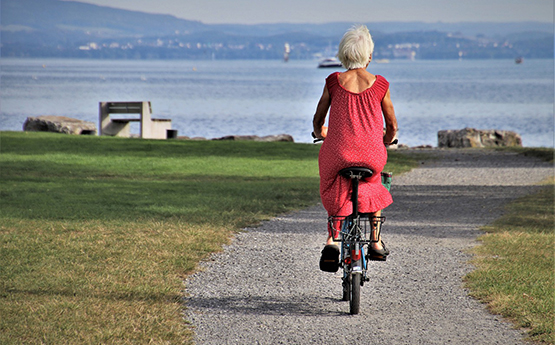Exercise classes can boost mental health - but how exactly do we run them?
Mental ill health is a significant and unrelenting problem. With approximately 30% of the population estimated to experience a mental disorder at some point in life, most of us will know someone who has been affected, or will have directly struggled ourselves.
Trying to promote good mental health is now more important than ever, in light of warnings from the UN that a mental health crisis could follow in the wake of COVID-19.
However, the picture isn’t completely bleak. Whilst trends indicate mental health problems are continuing to rise, so do research efforts which try and turn the tide on mental illness. Recently, great attention has been devoted to the positive effects that physical activity and exercise can have for people with poor mental health.
In fact, physical activity can generate improvements in mood similar to antidepressants and psychotherapy, and is associated with better sleep, alertness and concentration. Physical activity can reduce the impact of psychotic symptoms and the severity of depression, whilst also helping individuals to interact more positively with others.
Physical activity may be a particularly valuable treatment for mental disorder, given those with mental illnesses often experience additional health conditions including heart disease and diabetes, and because physical activity programmes can be a cost-effective alternative or complement to therapy or medication.
However, there is currently a lack of information and practical guidance on how practitioners (e.g. sports coaches, fitness instructors, walk leaders) and health professionals (e.g., psychiatrists, physiotherapists, mental health nurses, occupational therapists) can develop and include sport and physical activity opportunities into the treatment for people with mental health problems.
Indeed, researchers in the area of mental health and physical activity have highlighted a need to extend existing physical activity guidelines to ensure they effectively address mental health. This includes an understanding of how to design and lead programmes, taking into account the context and type of physical activities, training and education for the mental health workforce, and the often resource-limited nature of local community settings.



